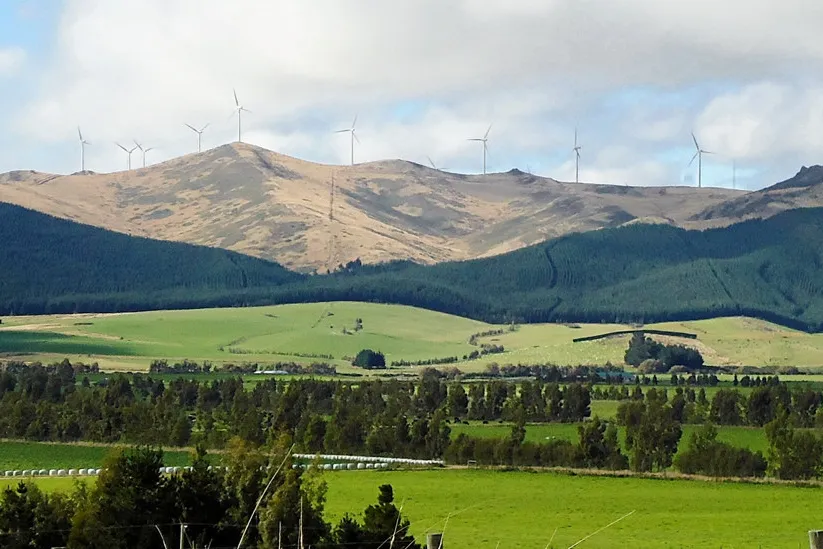FFI snubbed as oil & gas giant Woodside wins bid to co-develop massive New Zealand green hydrogen project
Billionaire Andrew Forrest’s Fortescue had been on shortlist of two, yet Mitsui — which had been dropped from the competitive bidding process — has now been brought back in
